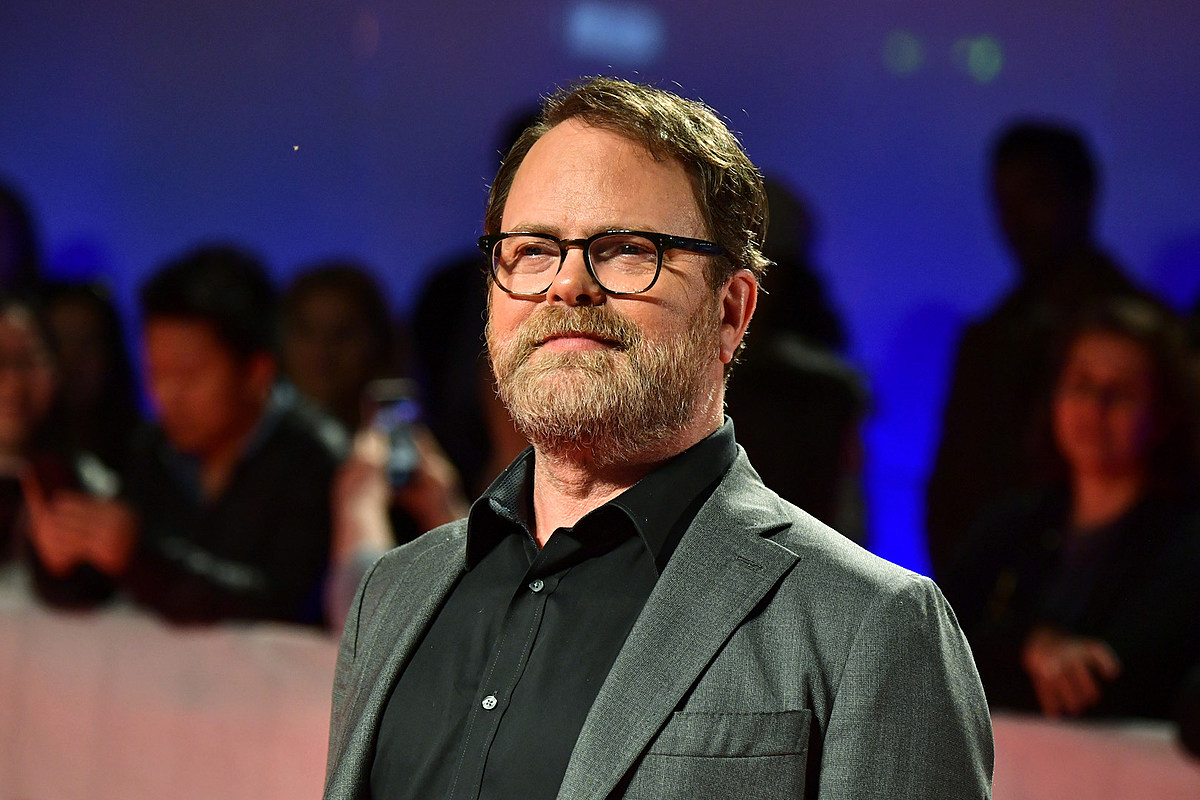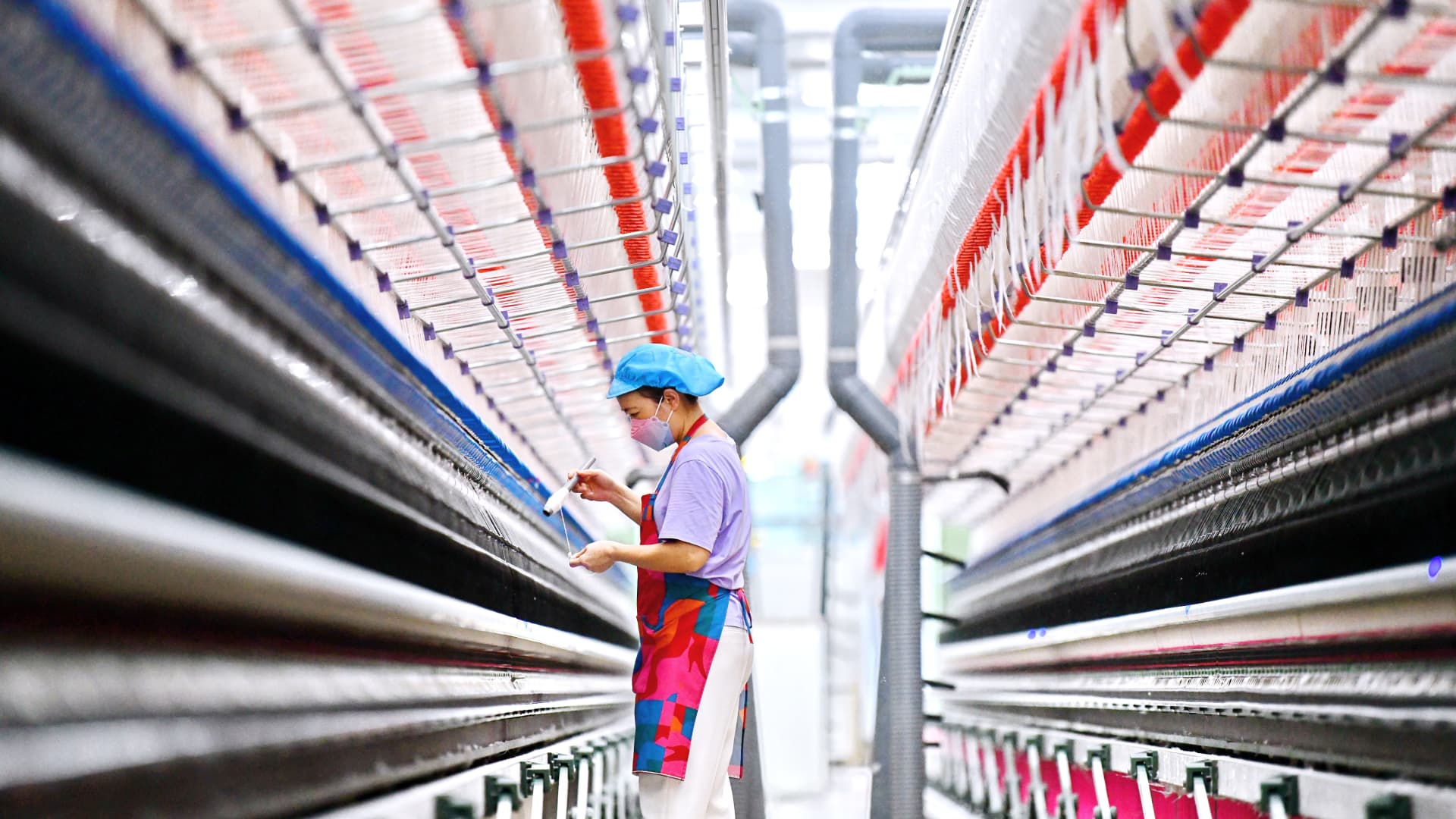Volkswagen wants to accomplish much more in the North American automotive market than it has over the last three quarters of a century. And the Germany-based giant is counting on South Carolina to help it do so.
The company recently announced that it’s going to construct at least two new plants in North America in the coming few years, and probably a third one. South Carolina has landed VW’s commitment to build a $2-billion factory near the state capital, Columbia, to assemble vehicles that will revive the company’s Scout SUV brand. VW also plans to build its first EV-battery plant outside Europe in Canada, and maybe the first Audi plant in the United States.
All of this will add to an already-vast manufacturing base in the U.S.-Mexico-Canada trade-agreement footprint that includes a major assembly facility for the Volkswagen brand in Chattanooga, Tennessee, and an Audi plant in Puebla, Mexico.
“There’s a clear desire by the Volkswagen Group to establish North America as the third leg of our stool because we have a very strong presence in China, where the market’s transformation to battery-electric vehicles has created strong competition from local companies,” Reinhard Fischer, head of strategy for Volkswagen North America, told Chief Executive.
“Then look at Europe: We have maxed out at what we think is a reasonable market share there for VW. So, around the globe, the real big opportunity is the United States.”
About a year ago, VW announced that it planned to invest at least $7.1 billion in North America and add 25 new EVs to its car markets by 2030. That in part reflected VW leadership’s conviction that it can still do significantly better in selling vehicles on the continent than it has since it began selling cars in America, via its Beetle, in 1949. Beginning in the late ‘70s, it made cars in Pennsylvania only to shut the plant after a decade. VW opened the Tennessee plant in 2011.
“We are under-represented in this market, so there is growth potential,” Fischer said. The company’s North American sales share of just 4.4% places it well behind the shares not only of each of the Detroit Three automakers but also of later-coming foreign automakers including Toyota and Hyundai-Kia.
And if anything, the company’s commitments to the U.S., Canada and Mexico have increased with the shifts in geopolitics because VW perceives North America has become a better relative bet for its investments.
“Let’s make a scenario where [China] does something stupid and marches into Taiwan,” Fischer said. “How do we react? In Russia” after its invasion of Ukraine last year, “we basically pulled out of the market and are looking for a buyer for our two plants, though maybe Russia becomes an input market again. “If China goes down that path, they could expect a similar reaction” from Volkswagen and other automakers, he said.
Also, Volkswagen has been attracted by the Inflation Reduction Act of 2022 “which spends billions of dollars in local markets,” Fischer said.
Specifically, South Carolina was able to nab VW’s new Scout plant thanks to a $1.3-billion incentive package offered by the state as well as a strong supply of labor, the pre-existence there of Volvo and Mercedes-Benz facilities, and “probably the most favorable working environment of any state we talked with, and a willingness to help us establish our production facility,” he said.
David Ginn, president and CEO of the Charleston (S.C.) Regional Development Alliance, noted that the state is coming on strong in the derby to land new facilities that are stemming from the electrification push by global industry. Both Mercedes-Benz and Volvo have plans for making electrified vehicles at their plants, Ginn said.
And recently, Redwood Materials agreed to spend at least $3.5 billion in the area within the next decade on battery recycling, materials and production for EVs and other applications. The company was founded by former Tesla co-founder JB Straubel.
“They’re going to be a reason that [battery customers] won’t have to go to Russia and China to get rare-earth metals,” Ginn said. “We’re building something of a ‘battery belt’ here.”
























































![Key Metrics for Social Media Marketing [Infographic] Key Metrics for Social Media Marketing [Infographic]](https://www.socialmediatoday.com/imgproxy/nP1lliSbrTbUmhFV6RdAz9qJZFvsstq3IG6orLUMMls/g:ce/rs:fit:770:435/bG9jYWw6Ly8vZGl2ZWltYWdlL3NvY2lhbF9tZWRpYV9yb2lfaW5vZ3JhcGhpYzIucG5n.webp)


















